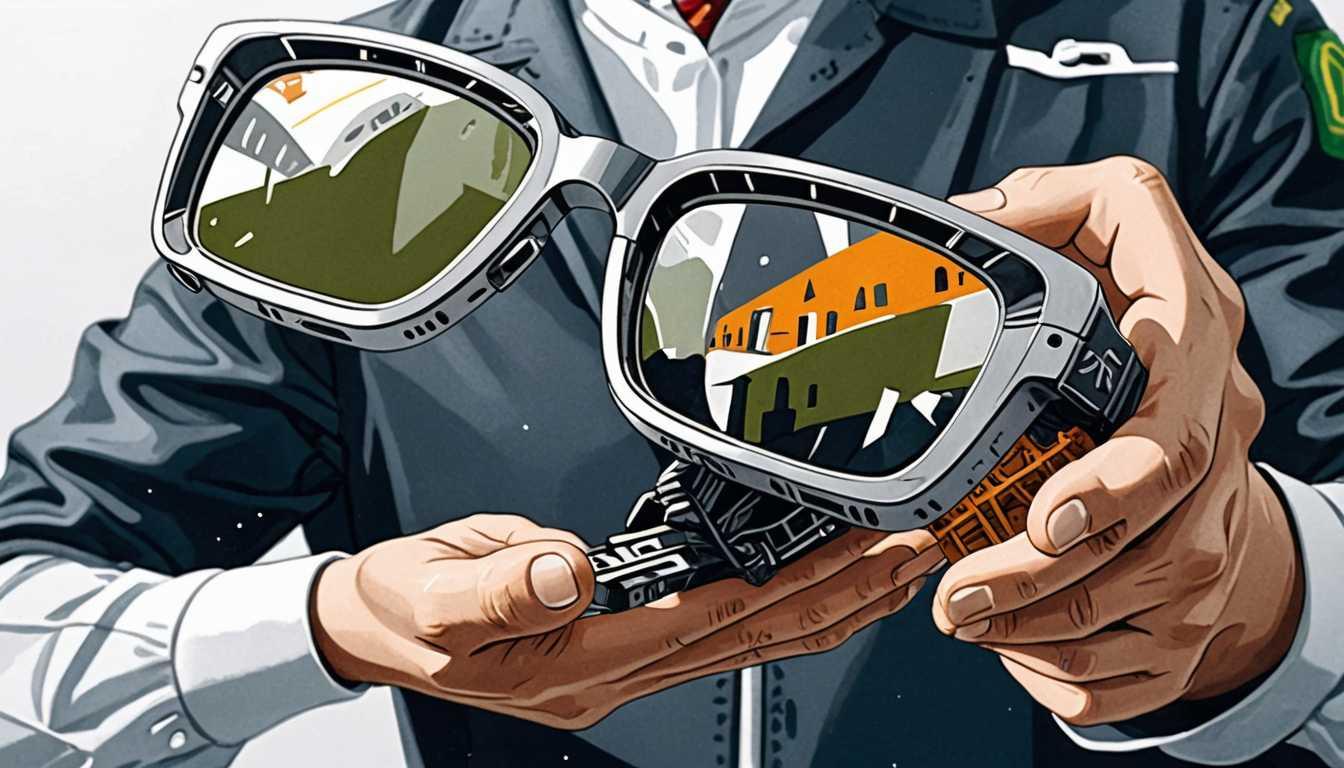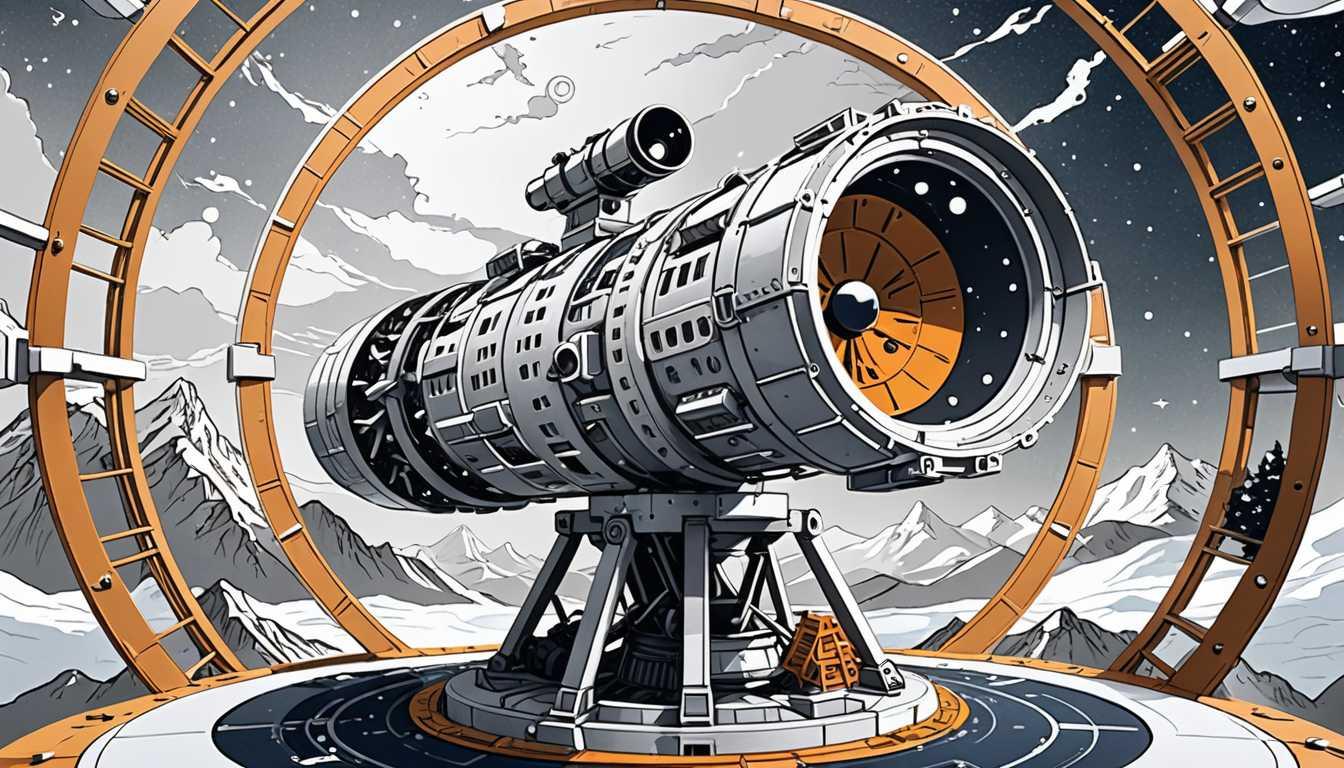Nightshade: Artists' Digital Rebellion
October 2023
MIT Technology Review
Introduction
Dive into the digital rebellion with MIT Technology Review's latest scoop: This new data poisoning tool lets artists fight back against generative AI. Discover how artists are turning the tables on AI giants by using Nightshade, a clever tool that subtly sabotages AI training sets. Imagine uploading art that tricks AI into confusing dogs with cats and cars with cows! Created by the brains at the University of Chicago, Nightshade aims to protect artists' copyrights and shake up the AI world. Get ready for a blend of tech wizardry and creative resistance that's as fascinating as it sounds!
READ FULL ARTICLEWhy It Matters
Discover how this topic shapes your world and future
Art in the Age of AI Anarchy
Imagine living in a world where every piece of art you create could be stolen without your permission, only to train machines that might one day replace your very craft. Sounds like a sci-fi movie, right? But this is the reality many artists face today with the rise of generative AI. These AIs, like DALL-E and Stable Diffusion, can create images that mimic human creativity, often using artworks scraped from the internet without the artists' consent. This new tool, Nightshade, is like a secret weapon for artists, allowing them to fight back. By making tiny, invisible changes to their artwork before uploading it, artists can sabotage the AI training process, leading to some pretty wacky results. This battle isn't just about art; it's about copyright, consent, and the future of creativity. This topic might seem distant, but it's closer than you think. Every meme you share, every photo you upload, contributes to the vast ocean of data these AIs learn from. Understanding this gives you a front-row seat to the unfolding drama of technology versus human rights.
Speak like a Scholar
Generative AI
Computers programmed to create new content, like images or text, that mimic human creativity.
Data poisoning
Sneakily adding messed-up data into a dataset to sabotage the AI learning process.
Copyright
A law that gives creators control over who can use their work and how.
Intellectual property
Ideas, inventions, and creative expressions protected by law from being used without permission.
Machine learning models
Computer algorithms that improve automatically through experience and by using data.
Open source
Software that anyone can inspect, modify, and enhance because its design is publicly accessible.
Independent Research Ideas
The ethics of AI in art creation
Explore the moral implications of using AI to create art that competes with human artists. What does it mean for the future of creativity?
Copyright law in the digital age
Investigate how current copyright laws stand up to the challenges posed by AI and the internet. Are new laws needed?
The psychology of AI interaction
Delve into how humans perceive AI-generated art compared to human-created art. Does knowing an AI created something change our appreciation?
Data privacy and security in AI training
Examine the risks and challenges of using publicly available data to train AI models. How can privacy be protected?
The impact of open source on AI development
Analyze how making tools like Nightshade open source influences the development and security of AI technologies. What are the pros and cons?
Related Articles

Silent Commands: Future Eyewear Unveiled
April 2023
Cornell University

Nightshade: Artists' Secret Weapon
October 2023
MIT Technology Review

Innovating with AI: Andrew Ng's Journey
September 2023
MIT Technology Review

Digital Twins: The Space Mission Game Changer
June 2024
MIT Technology Review

Olli: Revolutionizing Data Accessibility
October 2023
Massachusetts Institute of Technology (MIT)